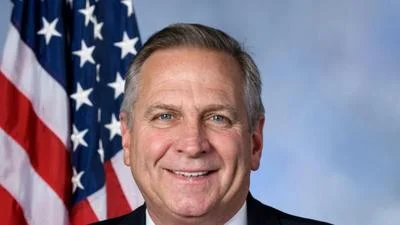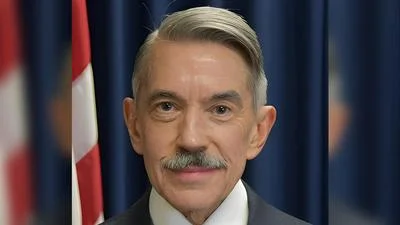Federal Highway Administration (FHWA) | https://s3.amazonaws.com/jnswire/jns-media/30/3b/605346/FHWA.jpg
The U.S. Department of Transportation’s Federal Highway Administration (FHWA) today announced California’s project to replace, retrofit and install critical structural elements on the Golden Gate Bridge to increase resiliency against earthquakes will receive $400 million in the first round of Large Bridge Grants from President Biden’s Bipartisan Infrastructure Law’s competitive Bridge Investment Program. The grant to the Golden Gate Bridge, Highway and Transportation District will fund improvements to the Golden Gate Bridge, which is vital to an estimated 37 million vehicles crossing the bridge per year, including 555,000 freight trucks, as well as waterborne commerce through the Golden Gate Strait connected to the Port of Oakland. The improvements will ensure the structural integrity of a vital transportation link allowing for the movement of people and freight along the California Coast.
In addition to addressing congestion and safety issues for communities in northern California, structural retrofits to this bridge will ensure the Golden Gate Bridge can continue to carry critical freight and commuter traffic, preventing delays that currently raise costs for American families. This grant is part of historic investments made possible by the Biden-Harris Administration’s Bipartisan Infrastructure Law, which will help repair or rebuild ten of the most economically significant bridges in the country along with thousands of bridges across the country.
“Safe, modern bridges ensure that first responders can get to calls more quickly, shipments reach businesses on time, and drivers can get to where they need to go,” said U.S. Transportation Secretary Pete Buttigieg. “The Biden-Harris Administration is proud to award this historic funding to modernize large bridges that are not only pillars of our economy, but also iconic symbols of their states’ past and future.”
“These first Large Bridge grants will improve bridges that serve as vital connections for millions of Americans to jobs, education, health care and medical care and help move goods from our farms and factories,” said Deputy Transportation Secretary Polly Trottenberg. “And over the next four years we will be able to fund construction for the pipeline of shovel ready projects we are creating through Bridge Planning Grants.”
“This grant to improve California’s Golden Gate Bridge demonstrates the transformational investments we are making to support President Biden’s commitment to rebuilding our nation’s infrastructure,” said FHWA Administrator Shailen Bhatt. “We are pleased to partner with the Golden Gate Bridge, Highway and Transportation District and see work get underway to modernize the Golden Gate Bridge, which will have a real impact on the quality of life for thousands of residents and motorists traveling between San Francisco and Marin County who will benefit from these improvements for decades to come.”
Large Bridge Project Grants under the Bridge Investment Program are available for bridges with total eligible project costs over $100 million, with minimum grant awards of $50 million, and maximum grant awards of 50 percent of the total eligible project costs. As part of the selection process for this first round of grants, priority consideration was given to projects ready to proceed to construction, as well as those that require pre-construction funding and would benefit from a multi-year grant agreement.
The Bipartisan Infrastructure Law is making the single largest dedicated investment in highway bridges – nearly $40 billion over five years – since the construction of the Interstate highway system with nearly $2.4 billion available in Fiscal Year 2022 from the Bridge Investment Program which complements $5.3 billion announced earlier this year for states under the Bridge Formula program.
Additional information on FHWA’s Bridge Investment Program, including Large Bridge Grants and Bridge Planning Grants, can be found at https://www.fhwa.dot.gov/bridge/bip/.
Original source can be found here








